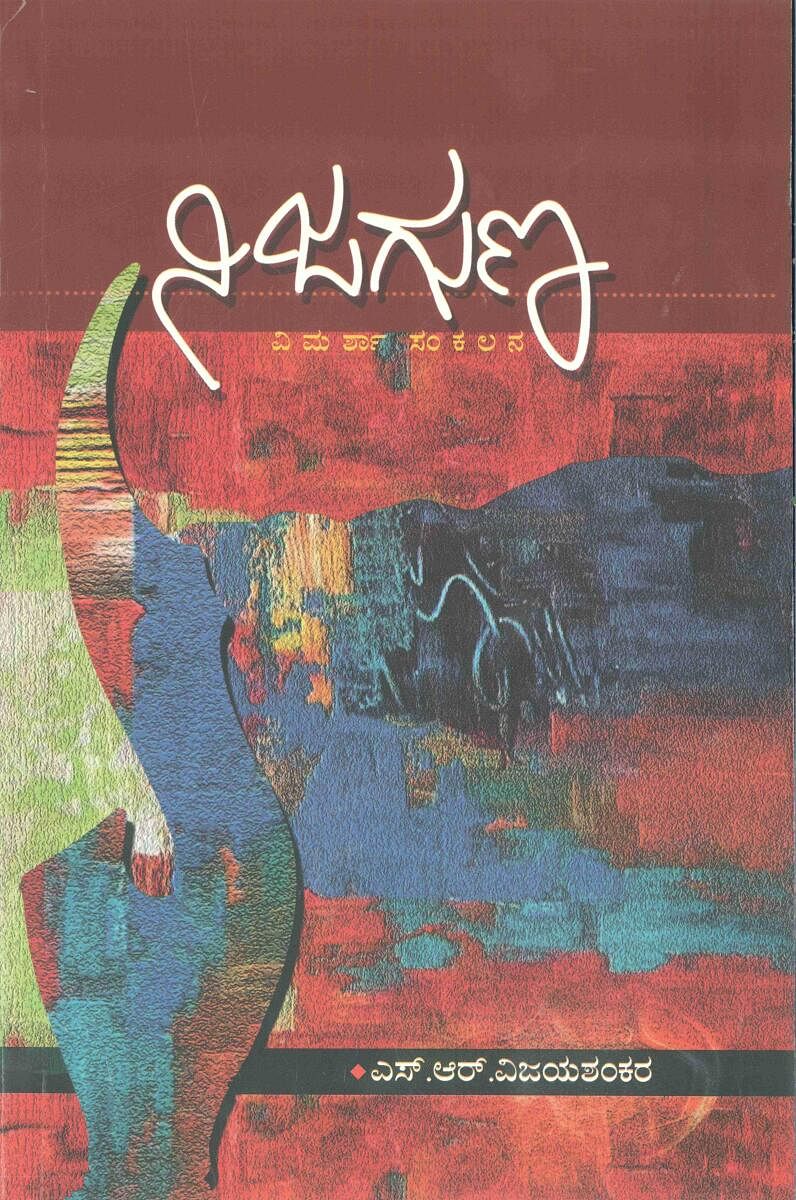
When Kavitha Rai was a second-year MA student in Mangaluru, her poem was introduced as a text at Bangalore University. “My poem, ‘Ole’, was being studied by people in Bengaluru, while I myself was still just a student,” she says.
Kavitha, now a well-known Kannada writer, credits her success in large part to the efforts of a rich community of litterateurs. One of the first groups among them, she points out, was the Christ College Kannada Sangha. The Sangha published Kavitha’s poetry collection, which included ‘Ole’, in 1999.
Scores of writers and poets across Karnataka have found encouragement and recognition of their work through the Kannada Sangha. Established in 1972, the group has been identifying and publishing young authors across the state for five decades now.
“We conduct two competitions annually — a poetry competition and a short story competition,” says Rathi M T, associate professor in the Kannada department and coordinator of the Kannada Sangha at Christ (Deemed-to-be) University, Bengaluru.
The poetry competition began in 1982, to honour the memory of renowned Kannada poet D R Bendre.
Every year, hundreds of students — aspiring writers and literature enthusiasts — send in their entries. “We send out entry forms by post to colleges across the state every July, enlisting the requirements,” says Rathi. Out of around 300 submissions, 20 are shortlisted as winners, and the poems are subsequently published in a collection.
After receiving the entries, a jury composed of poets and writers reviews the submissions. “To ensure fairness, we code the poems, and present them to the jury as anonymous submissions. Once the winners have been selected, we decode the entries and contact the authors,” explains Rathi.
The winners are felicitated by the Kannada Sangha at a ceremony on January 31, D R Bendre’s birth anniversary, at the institution in Bengaluru.
“I remember there was a full-day workshop before the ceremony, we learnt about the various opportunities available, for writing and publication. We were also introduced to the literary groups in Karnataka, and communities of great writers,” says Praveena Polisa Patila, who was a PhD student when his short stories and a poem were shortlisted and were published for three consecutive years, between 2016 and 2018.
Praveena explains that it was his professors at Gulbarga University and Central University who first encouraged him to submit his work for the competition. He now works as a Kannada lecturer in Koppal University. “Being published in the collection by the Sangha gave my work recognition, and brought it to a bigger platform,” he says.
Publications
Besides the competitions, the Sangha is a household name in the Kannada writing community due to its work in publishing new and young authors. Books published by the Sangha have won the Central Sahitya Academy Award and Karnataka State Sahitya Academy Award.
Thus far, the Sangha has 256 publications to its credit.
Rathi points out that the active participation from the administration, including heads of other language departments at the institution has been vital to keep the efforts of the Sangha going.
The decades-long work of the Sangha has been key in building Kannada culture, says writer S R Vijay Shankar. “By creating an environment of Kannada culture, the Sangha has helped elevate taste, the thinking process and has thereby enhanced literature,” he says.
The Sangha has achieved this at two levels, that of the student writer and that of the senior writer, he adds. The writer has previously received the State Sahitya Academy Award for a book published by the Kannada Sangha.
A highlight of the Sangha was the role in acting as an interface between students and established writers. “When we were students, it was Prof Chi Srinivasaraju who was instrumental in encouraging us to write. He connected us with authors and opportunities,” says Kavitha.
A large number of writers ascribe their successful starts to the professor, a pioneer behind the Sangha. “He encouraged everyone to write. He was a cultivator who identified writers, and provided them with whatever resources they needed for their work to be recognised,” says Vijay Shankar. He explains that Prof Srinivasaraju’s efforts were supplemented by strong organisational skills, knowledge of scholarship and ability to mobilise the community.
He had a knack for finding young talent, adds Kavitha. “Students who write could not escape from his eyes.”
Diverse entries
“We see a large number of submissions from colleges in rural Karnataka,” says Rathi. It transcends fields of study too, as submissions come from not just Arts students, but also those studying Science and Commerce subjects.
In celebration of the Golden Jubilee year, the Sangha is organising a lecture series on the connection between literature and other subjects, including translation, philosophy, theatre and cinema.
The Sangha’s reach can supplement the connectivity offered by new modes of communication, says Kavitha. “Our communication possibilities have grown. There are new forms of expression — young people write, share and like things online.” However, the platform offered by the academic institution reaches thousands of people and transcends communities, and thereby fulfills dreams, she adds.